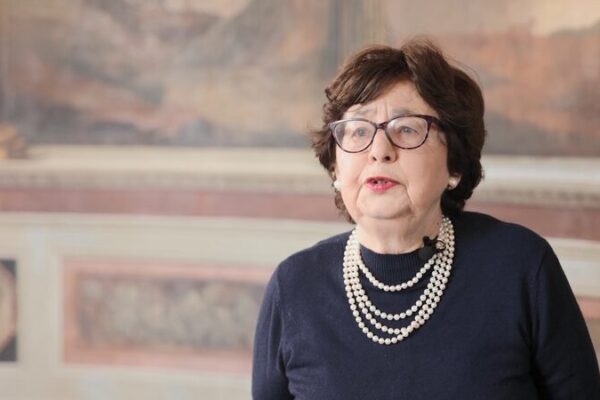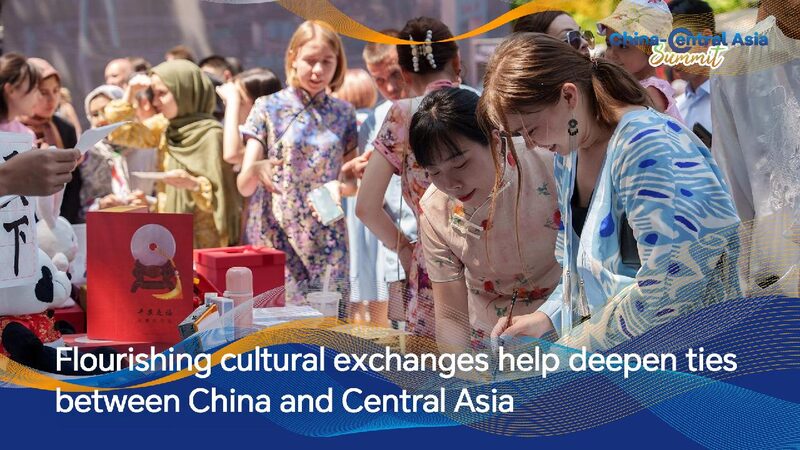China and Vietnam are strengthening their cultural ties through a series of collaborative efforts aimed at protecting and preserving their rich cultural heritage. Over the past decades, the two neighboring countries have engaged in fruitful cooperation, enhancing mutual understanding and fostering people-to-people connections.
In October 2006, China and Vietnam signed a Memorandum of Understanding on Cooperation in Cultural Heritage Protection. This landmark agreement laid the groundwork for joint efforts in museums, archaeology, cultural heritage protection laws, related technologies, and personnel exchanges and training.
From 2006 to 2007, a joint archaeological team consisting of experts from China’s Shaanxi and Sichuan Provincial Institutes of Archaeology and Vietnam’s National Museum of History conducted excavations at the Yili site in Vietnam. This project marked China’s first joint archaeological excavation abroad, signifying a new chapter in cross-border archaeological collaboration.
In recent years, the scope of cooperation has continued to expand. In October 2023, a new program focusing on the restoration of ancient manuscripts was launched. Experts from the National Library of China held workshops and training sessions in Vietnam, sharing their expertise in paper material analysis, digitization of ancient books, and the use of specialized tools and materials.
Museums, universities, and research institutions from both countries have also collaborated on heritage conservation projects, academic forums, and professional exchanges. In September 2023, the Vietnam National Museum of History and China’s Yunnan Provincial Museum signed a Letter of Intent for the Joint Research Project on Cultural Heritage Protection. This initiative aims to promote substantial cooperation in heritage protection, research, and exhibition exchanges.
Through these joint efforts, China and Vietnam are enhancing public understanding of each other’s cultures, contributing to stronger ties between their peoples. The ongoing collaboration reflects a shared commitment to preserving cultural heritage for future generations.
Reference(s):
cgtn.com








